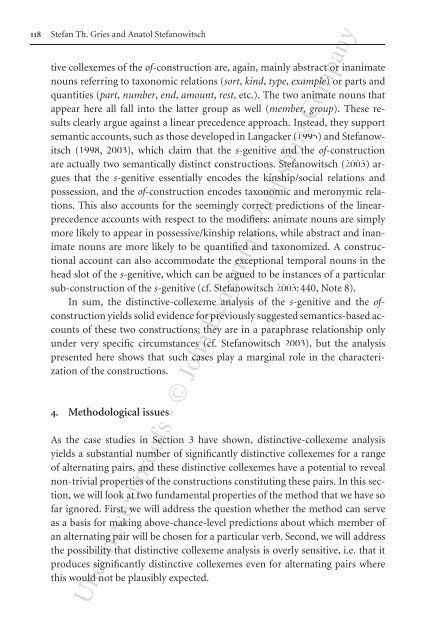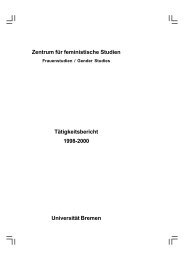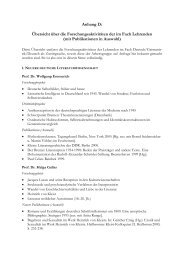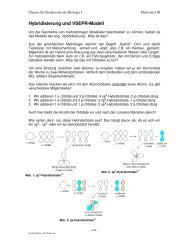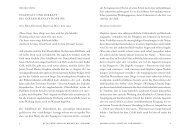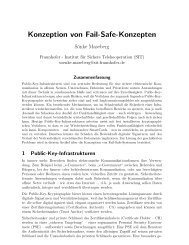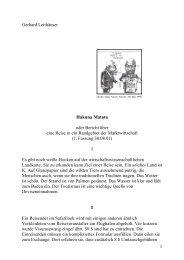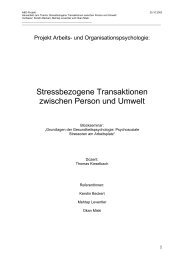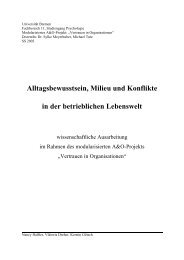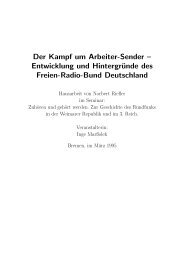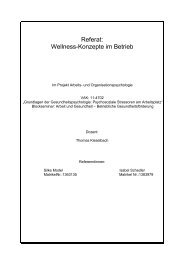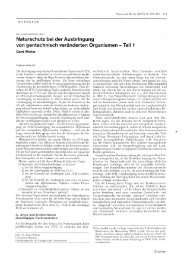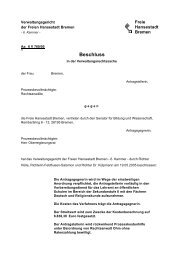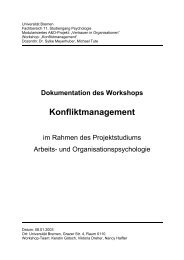Extending collostructional analysis - www-user
Extending collostructional analysis - www-user
Extending collostructional analysis - www-user
Create successful ePaper yourself
Turn your PDF publications into a flip-book with our unique Google optimized e-Paper software.
118 Stefan Th. Gries and Anatol Stefanowitsch<br />
tive collexemes of the of-construction are, again, mainly abstract or inanimate<br />
nouns referring to taxonomic relations (sort, kind, type, example) or parts and<br />
quantities (part, number, end, amount, rest, etc.).Thetwoanimatenounsthat<br />
appear here all fall into the latter group as well (member, group). These results<br />
clearly argue against a linear precedence approach. Instead, they support<br />
semantic accounts, such as those developed in Langacker (1995) and Stefanowitsch<br />
(1998, 2003), which claim that the s-genitive and the of-construction<br />
are actually two semantically distinct constructions. Stefanowitsch (2003) argues<br />
that the s-genitive essentially encodes the kinship/social relations and<br />
possession, and the of-construction encodes taxonomic and meronymic relations.<br />
This also accounts for the seemingly correct predictions of the linearprecedence<br />
accounts with respect to the modifiers: animate nouns are simply<br />
more likely to appear in possessive/kinship relations, while abstract and inanimatenounsaremorelikelytobequantifiedandtaxonomized.Aconstructional<br />
account can also accommodate the exceptional temporal nouns in the<br />
head slot of the s-genitive, which can be argued to be instances of a particular<br />
sub-construction of the s-genitive (cf. Stefanowitsch 2003:440, Note 8).<br />
In sum, the distinctive-collexeme <strong>analysis</strong> of the s-genitive and the ofconstruction<br />
yields solid evidence for previously suggested semantics-based accounts<br />
of these two constructions; they are in a paraphrase relationship only<br />
under very specific circumstances (cf. Stefanowitsch 2003), but the <strong>analysis</strong><br />
presented here shows that such cases play a marginal role in the characterization<br />
of the constructions.<br />
4. Methodological issues<br />
As the case studies in Section 3 have shown, distinctive-collexeme <strong>analysis</strong><br />
yields a substantial number of significantly distinctive collexemes for a range<br />
of alternating pairs, and these distinctive collexemes have a potential to reveal<br />
non-trivial properties of the constructions constituting these pairs. In this section,<br />
we will look at two fundamental properties of the method that we have so<br />
far ignored. First, we will address the question whether the method can serve<br />
as a basis for making above-chance-level predictions about which member of<br />
an alternating pair will be chosen for a particular verb. Second, we will address<br />
the possibility that distinctive collexeme <strong>analysis</strong> is overly sensitive, i.e. that it<br />
produces significantly distinctive collexemes even for alternating pairs where<br />
this would not be plausibly expected.<br />
Uncorrected proofs - © John Benjamins Publishing Company


